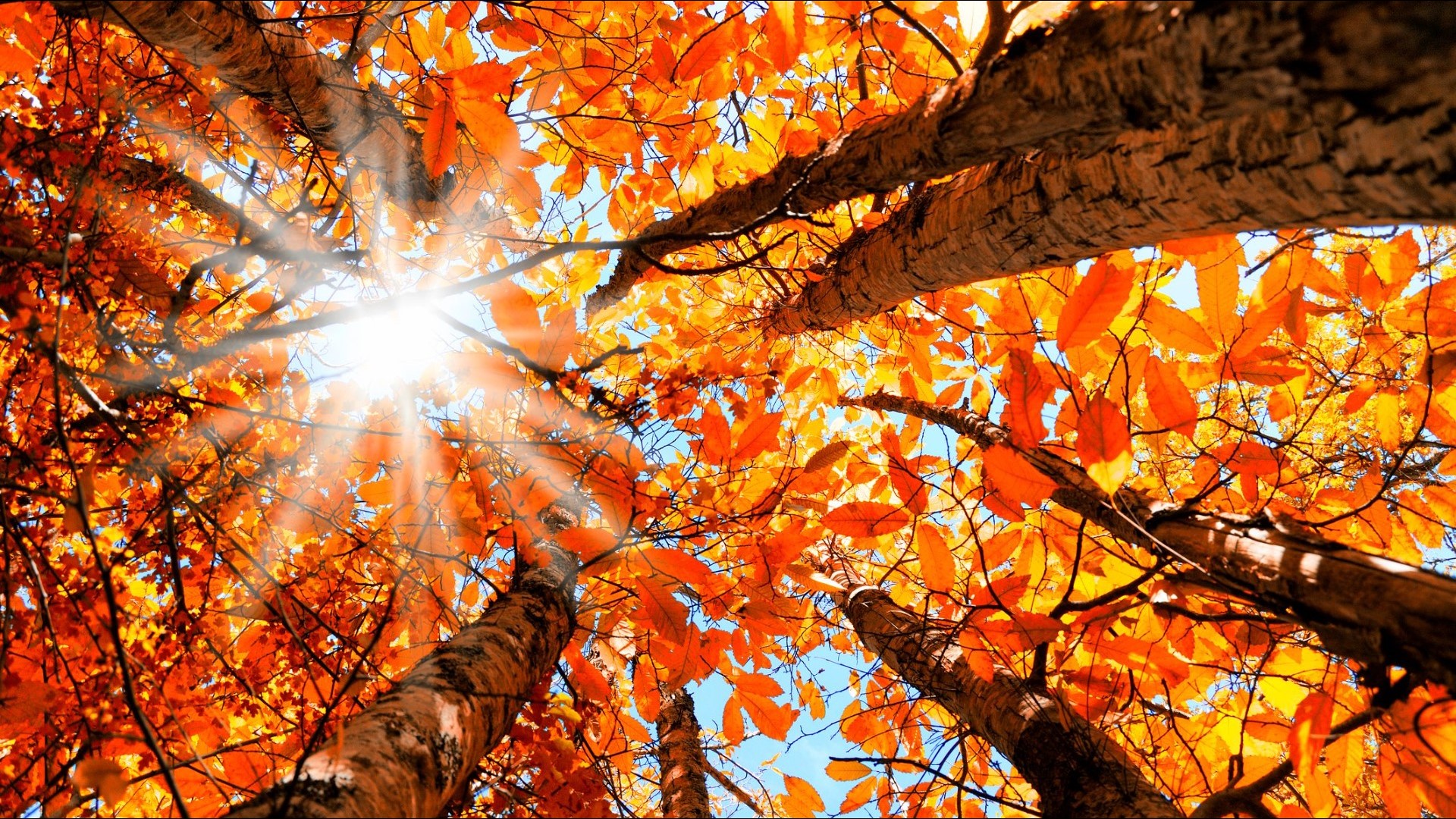Monday at 12:50 a.m. we marked the start of fall in the northern hemisphere, and the start of spring in the southern hemisphere.
On this date, the sun's direct rays will be right over the equator. It's when the entire planet has roughly 12 hours of daylight and 12 hours of nighttime. From here on through spring, we will have more nighttime than daylight.
However, on September 23, we don't have exactly 12 hours of day and 12 hours of night.
It's off by a few minutes (sunrise is at 6:56 am, and sunset is at 7:06 pm), and there are a couple reasons why. First off, technically, sunrise is measured when the center of the sun hits the horizon. Next, when we see a sunrise or sunset, we're actually seeing a refracted image of the sun. As light enters our atmosphere, it bends.
Therefore, whenever you see a sunset, the sun actually set a few minutes earlier. Also, at least in the Puget Sound area, the Cascades and Olympic Mountains end up blocking when the true sunrise or sunset happens.
One last thing to note: during the Fall or Spring Equinox the aurora borealis tends to be active. The next few nights, check out the sky to the north, and you might end up seeing the northern lights!

